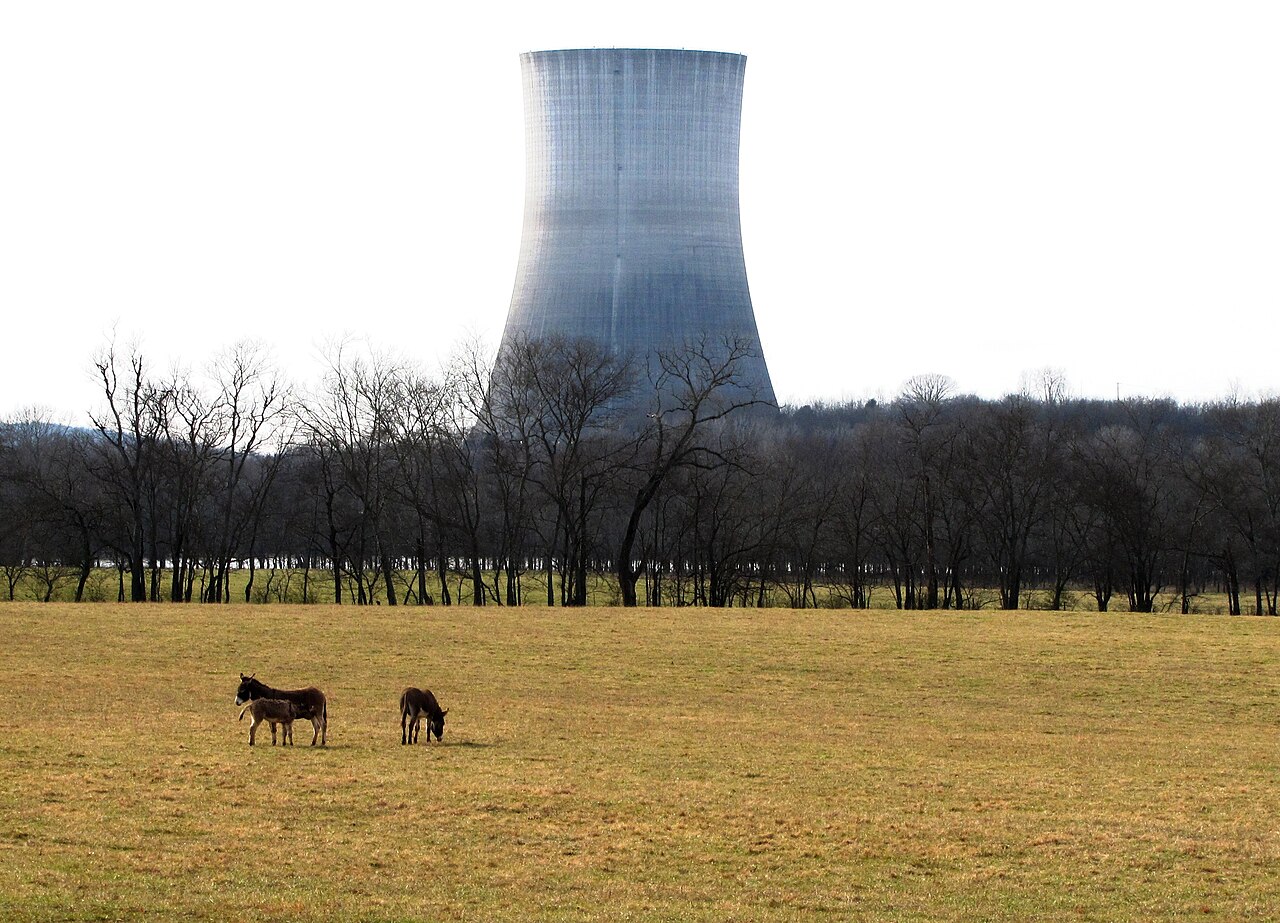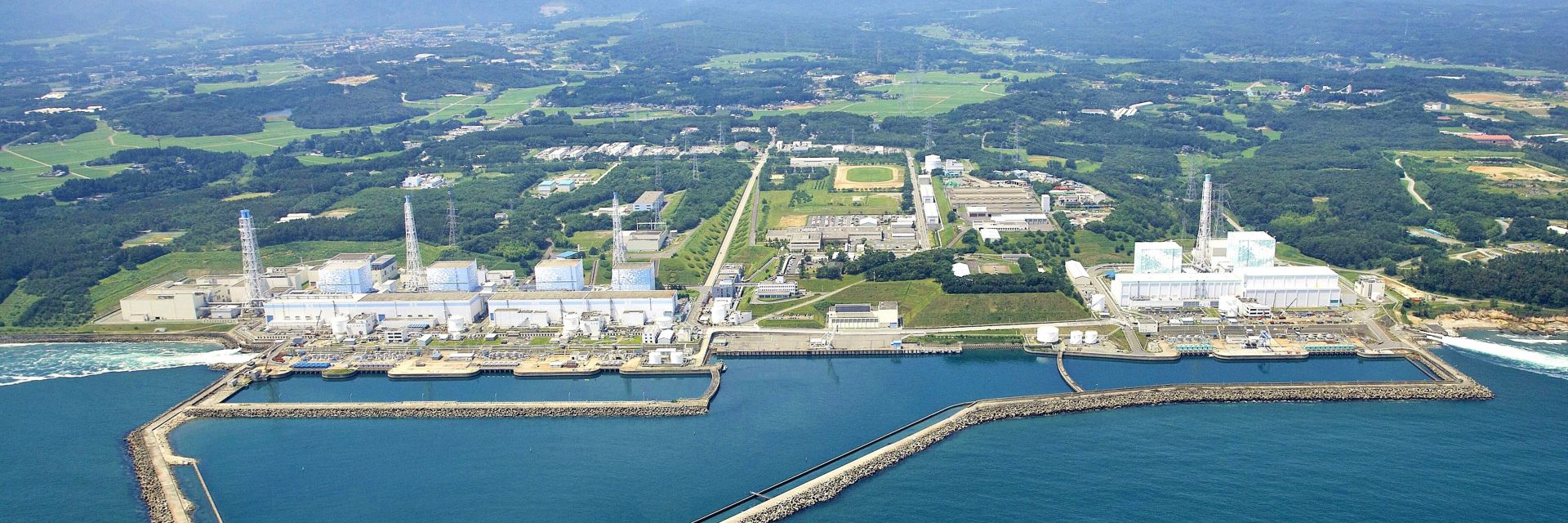The Darlington New Nuclear Project site, future home of the first BWRX-300 SMR. (Photo: OPG)
Ontario Power Generation GE Vernova Hitachi Nuclear Energy announced May 8 that Ontario authorities have approved construction plans for the first of four BWRX-300 small modular reactors at the Darlington New Nuclear Project site on Lake Ontario, less than 50 miles east of Toronto, Canada. The first new nuclear construction project in Ontario in more than three decades is also the first SMR construction project in North America.
A cooling tower at the canceled Hartsville nuclear power plant in Tennessee. (Photo: Brian Stansberry/WikiCommons)
Three people were arrested on January 3 when they paraglided onto the site of a canceled nuclear power plant in Hartsville, Tenn., according to Nashville news station WSMV.
Mock-up of four-lobed helical fuel rods. (Photo: Lightbridge)
Lightbridge Corporation, which is continuing to work closely with national laboratories on the manufacture and testing of its metallic fuel rod designs for light water reactors, just announced the results of an investigation on the casting process for molten uranium and zirconium with Pacific Northwest National Laboratory under the Department of Energy’s Gateway for Accelerated Innovation in Nuclear (GAIN) program.
The River Bend nuclear power plant. (Photo: Entergy)
Entergy’s River Bend nuclear power plant started its 22nd scheduled refueling and maintenance outage on February 11. The plant, located in St. Francisville, La., is a 967-MWe General Electric boiling water reactor.
On December 20, 1951, EBR-I became the first power plant to produce usable electricity through atomic fission. It powered four 200-watt light bulbs and eventually generated enough electricity to light the entire facility. (Photo: DOE)
"At 1:23 p.m. load dissipaters from the generator were connected—electricity flows from atomic energy.” These were the words Walter Zinn wrote in the log after the first four light bulbs were illuminated by nuclear energy. The year was 1951, and the EBR-I was about to show the world what nuclear energy had to offer.













